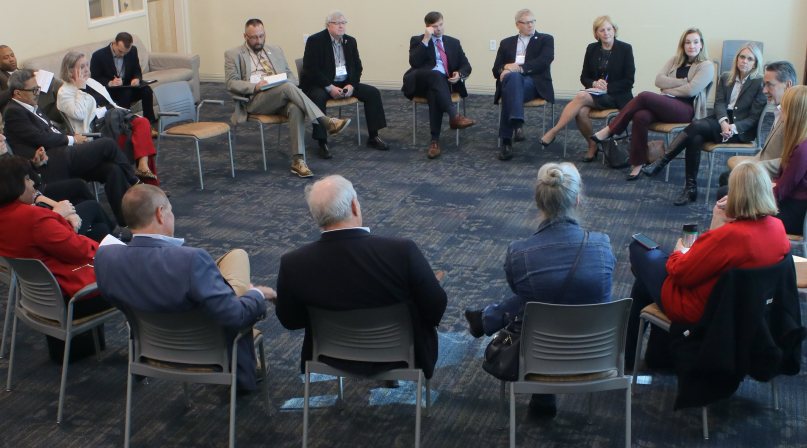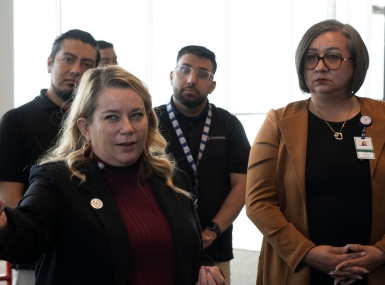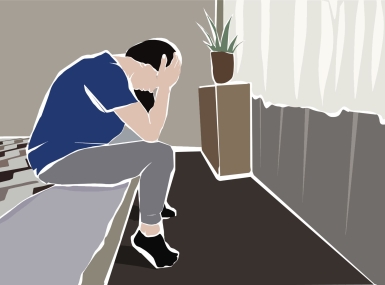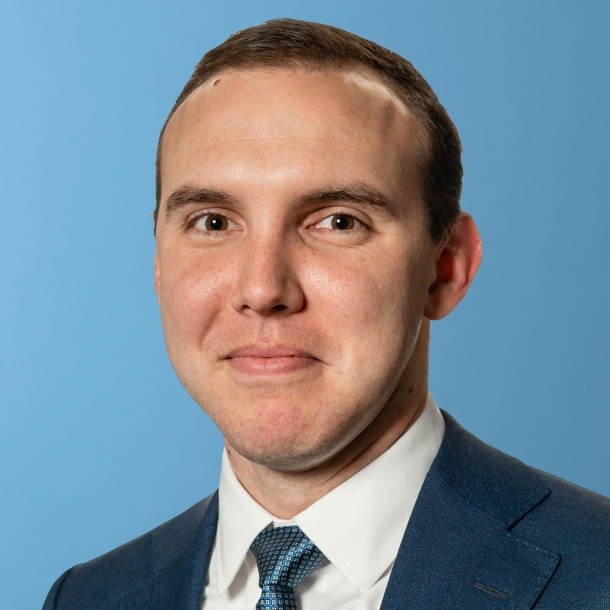Leon County, Fla. homeless shelter leads by innovation, example

Just a half-mile down the road from the Leon County, Fla. jail sits a homeless shelter. On one brisk December night, nearly 380 people slept within the walls of the Kearney Center, a number that Center Chief Operating Officer Monique Ellsworth describes as “not even close to capacity.” The center operates 24/7, 365 days a year as part of a public-private partnership between the county, the city of Tallahassee and several foundations and nonprofits.
Since April 2015, the Kearney Center has focused on serving its residents in new, collaborative ways. With the jail nearby, where inmates are often released at 12:01 a.m. with nowhere to go, is just one example of their novel approach to combating homelessness.
Innovation at Kearney starts with the building itself. There are “flex rooms” in both the men’s and women’s wings of the shelter, which allow residents who need time to themselves, or are experiencing trauma, or, as a family, need a little extra space. “Gathering” rooms are also located on each wing where residents can attend classes, watch TV, read or come together as a community.
One of the smallest — but perhaps most important — rooms is also the first of its kind: a heating room for personal effects. By reaching temperatures over 160 degrees Fahrenheit, the room exterminates any pests that might have hitched a ride, including, and especially, bed bugs.
Since opening, the center has had only four bed bug sightings, and a partnership with a local pest control company provides immediate resolution for these tiny crises.
The Kearney Center stands as much more than a simple shelter with a new building. More than 40 different community partners visit the shelter each week to help meet the needs of residents — whom they refer to as “clients” — giving them access to employment services, substance abuse programs, mental health counseling and GED classes, as well as connecting them with a variety of county services departments.
Kearney Center clients can sign up for meetings with different departments or organizations, and some meeting rooms are designed to simulate the look and feel of interviews.
“We’ve learned that homeless individuals are rarely homeless just for one reason,” noted Chuck White, who oversees partnerships with agencies and external organizations. “The wrap-around services provided at Kearney pull from different sectors, break down silos, and meet as many needs of the clients as possible,” he said. Ellsworth is more direct about the need for establishing relationships within the community: “This simply isn’t possible without our community partnerships.”
In assisting their clients, the center can point to one significant example of success and hope: the center itself. During construction, the center employed 28 homeless persons, 22 of whom are still in permanent housing. The kitchen gives residents the opportunity to work and train in food preparation, even allowing them to earn certifications. Clients of the center are responsible for cleaning the facilities on a rotating schedule.
“Our communities are ultimately defined by how we treat the least among us,” White said. At the Kearney Center, every day is an opportunity to help its clients move forward from a moment of desperation, with the very walls of the building serving as a symbol of hope and possibility.
Attachments
Related News

El Paso County, Texas helps migrants on their way
Though they don't often stay more than a day, asylum seekers receive care and services from El Paso County, Texas before they leave for their next destination.

L.A. County fends off homelessness with an assist from A.I.
A predictive model pulls data from six county departments to create a list of the county’s most vulnerable population — people who frequently show up in the county’s criminal justice and hospital systems and who access benefits like SNAP.

